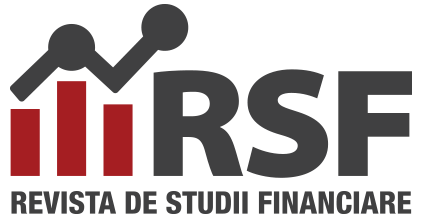Authors: Bogdan-Virgil Condea, Daniela Haranguș, Emima-Florentina Condea
Vol. 10 • No. 18 • May 2025
Abstract
Given the rise in Romania’s budget deficit beyond the limits set by the Stability and Growth Pact, as well as the current political climate, we aim in this article to analyse the deficit’s evolution in recent years. This analysis is linked to key factors affecting the deficit, such as inflation and interest rates.
We chose to correlate the budget deficit with inflation because an increase in inflation leads to a larger deficit by impacting government spending. It is also important to examine the types of expenditures that have driven the deficit up, as a deficit can either serve as an additional economic resource—if used for investments—or become a burden if directed towards political, socialist, or corrupt purposes.
Since the deficit is financed through borrowing, rising interest rates negatively impact it by driving up the cost of domestic loans. This study may be valuable for financial analysts in public institutions and potential investors, as the country’s economic situation plays a crucial role in investment decisions.
Keywords: Budget deficit, budget expenditures, financial policies, inflation rate, interest rate.
JEL Classification: H61, H62, H68, H81, O11.
DOI: 10.55654/JFS.2025.10.18.03
